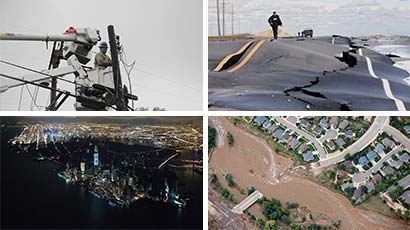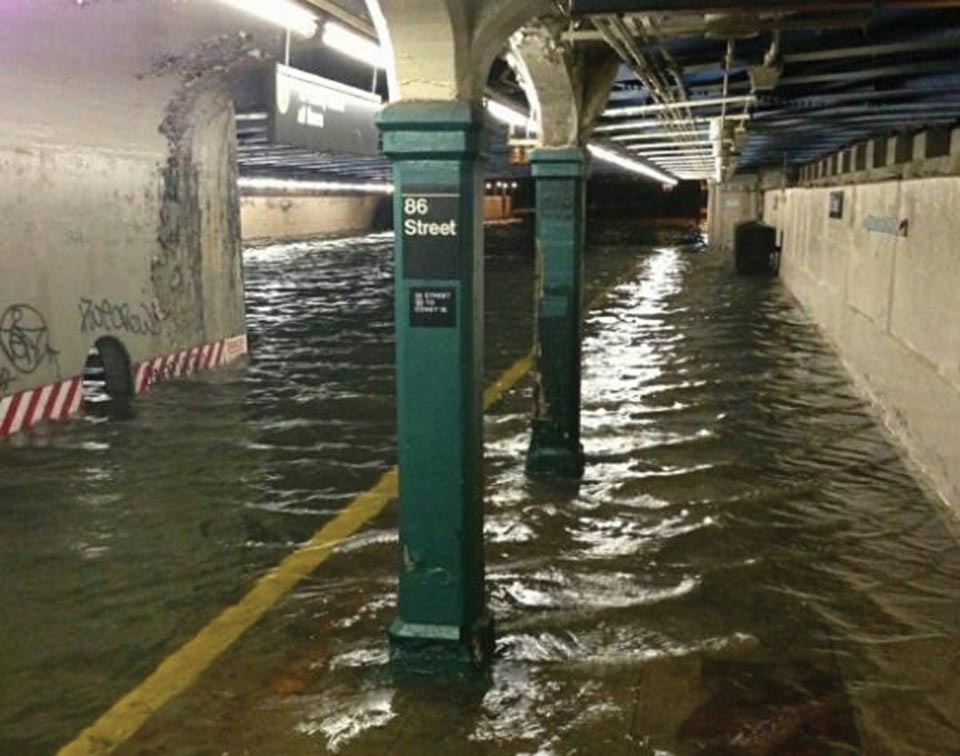Introduction

Infrastructure around the country has been compromised by extreme weather events and rising sea levels. Power outages and road and bridge damage are among the infrastructure failures that have occurred during these extreme events. A disruption in any one system affects others. For example, a failure of the electrical grid can affect everything from water treatment to public health.
Sea level rise, storm surge, and heavy downpours, in combination with the pattern of continued development in coastal areas, are increasing damage to U.S. infrastructure including roads, buildings, and industrial facilities, and are also increasing risks to ports and coastal military installations. Flooding along rivers, lakes, and in cities following heavy downpours, prolonged rains, and rapid melting of snowpack is exceeding the limits of flood protection infrastructure designed for historical conditions. Extreme heat is damaging transportation infrastructure such as roads, rail lines, and airport runways.


















